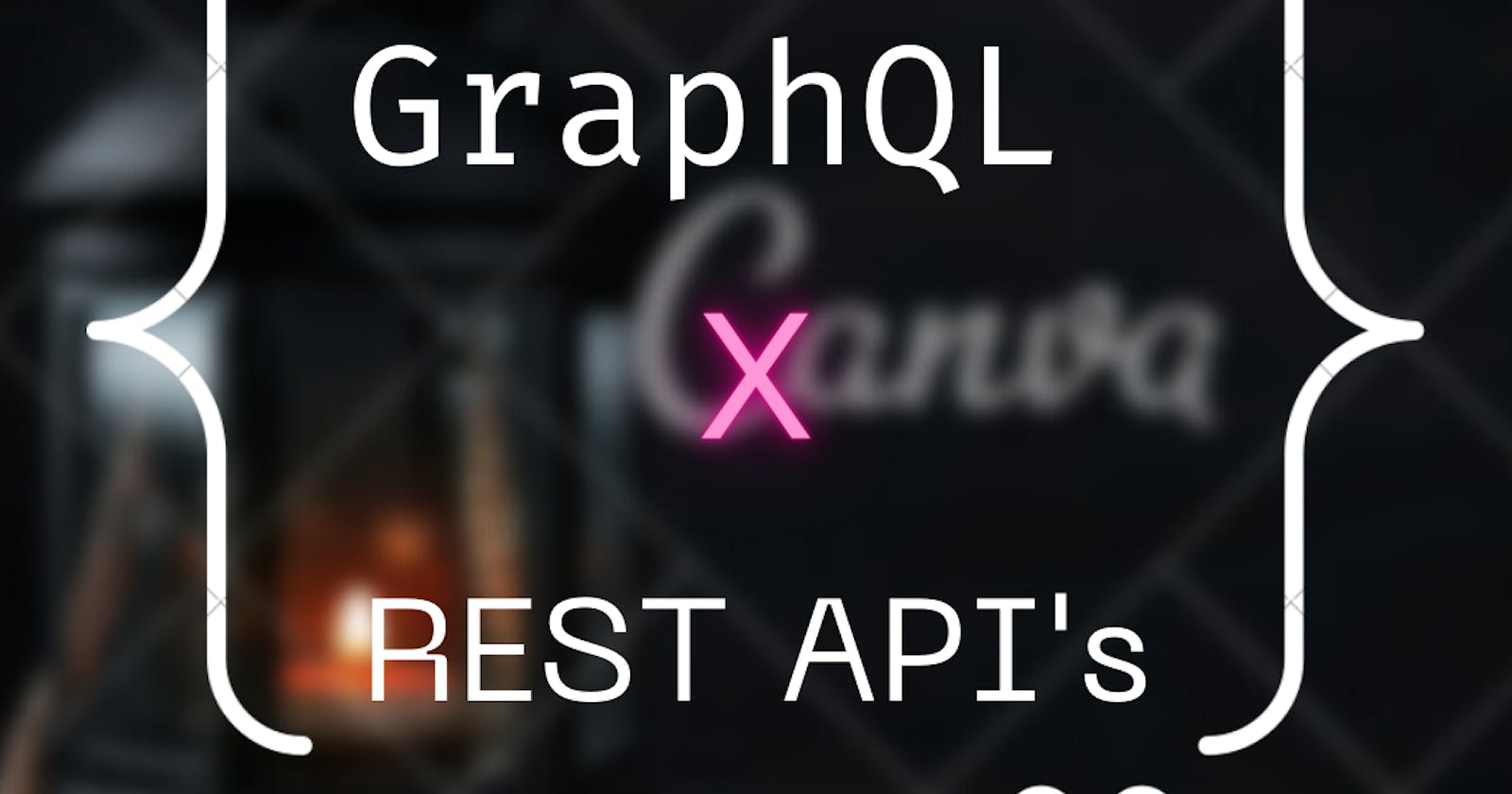Table of contents
No headings in the article.
APIs (application programming interfaces) have become an essential part of web development, allowing different systems to communicate and exchange data. In the past, REST APIs (Representational State Transfer) have been the go-to choice for building APIs. However, a new technology called GraphQL has emerged as an alternative that offers some significant advantages.
What is GraphQL?
GraphQL is a query language for your API, developed by Facebook. It allows clients to request exactly the data they need and nothing more. This means that clients can request specific fields for an object, rather than getting a fixed set of data with a REST API.
For example, consider a REST API for a social media platform that returns information about a user. The client might request data about a user with a GET request to `/users/{id}` . The server would then return a JSON object with all of the available data for that user, such as their name, email, and profile picture.
With a GraphQL API, the client can specify exactly which fields they want in their request. For example, they might make a request like this:
{
user(id: "123") {
name
email
}
}
The server would then return only the name and email fields for the user with the specified ID.
Advantages of GraphQL
There are several advantages to using GraphQL over a REST API:
Flexibility: As mentioned, GraphQL allows clients to request only the data they need, rather than getting a fixed set of data. This can be especially useful when working with large or complex data sets, as it allows clients to request only the specific information they are interested in.
Fewer round trips: With a REST API, the client may need to make multiple requests to get all of the data they need for a particular task. With GraphQL, all of the necessary data can be retrieved in a single request.
Strongly typed: GraphQL has a built-in type system that allows the server to define the types of data that are available and the relationships between them. This can make it easier to understand and work with the API.
When to use GraphQL
Despite these advantages, GraphQL may not be the best choice for every situation. Some potential drawbacks to consider include:
Learning curve: GraphQL is a relatively new technology and has its own syntax and way of doing things. This can make it more difficult for developers who are not familiar with it.
Over fetching/under-fetching: With REST APIs, it can be difficult to predict precisely how much data will be returned, leading to either over-fetching (retrieving more data than needed) or under-fetching (not getting all of the data required). While GraphQL allows clients to specify precisely which data they need, getting the right balance can still be challenging.
Caching: Caching can be more difficult with GraphQL, as the server does not know in advance what data will be requested. REST APIs, on the other hand, have a fixed set of data that is returned for each endpoint.
Getting started with GraphQL
If you're interested in using GraphQL in your own projects, there are several ways to get started:
Try out the GraphQL Playground: This interactive tool allows you to send GraphQL queries and see the results.
Check out the GraphQL documentation: The official GraphQL documentation includes a tutorial and other helpful

